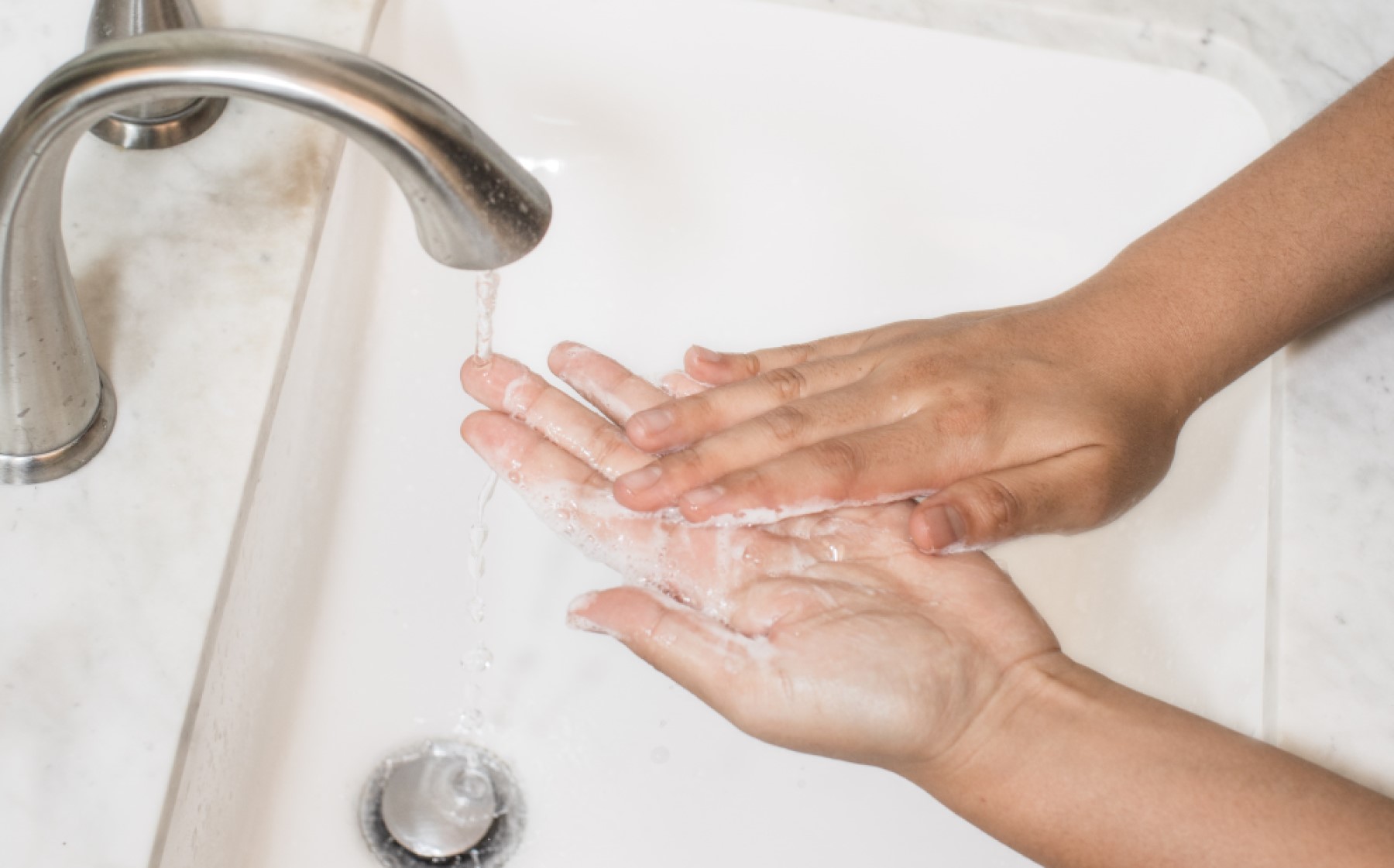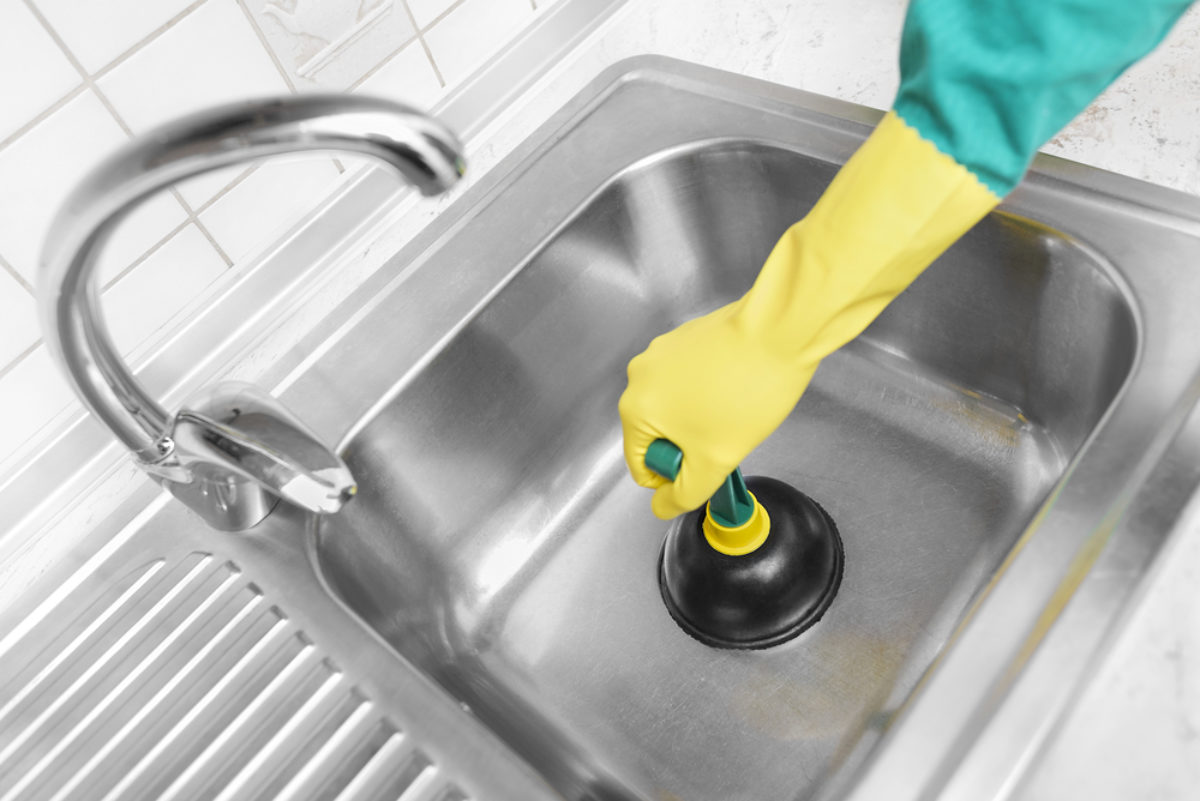Almost everyone has got his or her own idea in relation to Tools You Need to Install a New Bathtub .

Setting up a tub isn't exactly brain surgery, yet it does need strong plumbing, carpentry, and sometimes, tiling abilities. Changing an old tub with a new one is also a reasonably hard job. If the old tub is readily accessible, the task can relocate rapidly; if you have to open up a wall surface to remove the old bathtub as well as position the new bath tub, the job is much harder. In either instance, the task is within a house handyman's skills, although you will certainly require a helper to move out the old bathtub as well as set in the brand-new one. Make sure you have actually certified on your own for the task and fit trying it. Rather than working with a specialist to take over a halfway-completed task, it is much better to consider using one before you start. Possibilities are you may require an expert plumber to make tube connections.
This write-up will certainly help you install a brand-new tub in your bathroom if you have actually currently purchased a new bathtub as well as don't require to alter the setup of your previous water system pipes.
Your tools as well as product list should comprise the following:
- New Bathtub
- Hammer
- Pipeline Wrenches
- Prybar
- Safety Glasses
- Degree
- Pliers
- Flexible Wrench
- Putty Knife
- Screwdriver
- Cold Knife
- Tape Measure
- Pipeline Caps
Getting ready for the Installation
First of all, the supporting framework supplied with the bathroom ought to be fitted (if called for) according to the maker's instructions. Next off, fit the taps or mixer to the bath tub. When fitting the faucet block, it is important to make certain that if the faucet comes with a plastic washing machine, it is fitted between the bath and also the taps. On a plastic bathroom, it is additionally sensible to fit a sustaining plate under the faucets system to stop strain on the tub.
Fit the adaptable tap ports to the bottom of both taps utilizing 2 nuts and also olives (sometimes supplied with the bathtub). Fit the plug-hole outlet by smearing mastic filler round the sink outlet hole, and afterwards pass the outlet with the hole in the bathroom. Make use of the nut supplied by the supplier to fit the plug-hole. Examine the plug-hole electrical outlet for an inlet on the side for the overflow pipe.
Next, fit completion of the flexible overflow pipe to the overflow electrical outlet. After that, screw the pipeline to the overflow face which need to be fitted inside the bath. Make certain you make use of all of the provided washing machines.
Connect the catch to the bottom of the waste electrical outlet on the bathtub by winding the string of the waste electrical outlet with silicone mastic or PTFE tape, and screw on the trap to the electrical outlet. Connect the bottom of the overflow tube in a comparable manner.The bathroom should now prepare to be suited its final setting.
Removing Old Touches
If you need to replace old faucets with brand-new ones as a part of your installation, then the first thing you must do is separate the water supply. After doing so, switch on the faucets to drain pipes any water remaining in the system. The process of getting rid of the existing faucets can be quite troublesome because of the limited accessibility that is frequently the situation.
Utilize a container wrench (crowsfoot spanner) or a tap tool to undo the nut that links the supply pipelines to the faucets. Have a towel ready for the remaining water that will come from the pipelines. As soon as the supply pipelines have actually been removed, use the same tool to loosen the nut that holds the faucets onto the bath/basin. You will certainly require to quit the solitary faucets from transforming throughout this procedure. Once the taps have been removed, the holes in the bath/basin will have to be cleaned up of any type of old securing substance.
Prior to carrying on to fit the brand-new faucets, contrast the pipeline links on the old faucets to the brand-new faucets. If the old faucets are longer than the brand-new faucets, after that a shank adapter is needed for the brand-new faucets to fit.
Mounting the Tub
Making use of both wooden boards under its feet, place the bath tub in the called for placement. The wood boards are handy in equally spreading out the weight of the bath tub over the location of the boards rather than focusing all the weight onto four little points.
The next goal is to ensure that the bath tub is leveled all round. This can be attained by examining the level and also changing the feet on the tub up until the spirit level reads degree.
To mount faucets, fit all-time low of the furthest flexible tap adapter to the ideal supply pipeline by making a compression sign up with; then do the same for the other faucet.
Activate the water system as well as check all joints and brand-new pipework for leakages as well as tighten them if necessary. Fill the bath tub as well as likewise check the overflow electrical outlet and also the typical outlet for leakages.
Ultimately, take care of the bath paneling as described in the supplier's user's manual. Tiling and securing around the tub ought to wait until the bath tub has been used at the very least when as this will resolve it right into its final position.
Suitable New Touches
If the tails of the new taps are plastic, after that you will need a plastic adapter to avoid damages to the thread. One end of the adapter fits on the plastic tail of the faucet and the various other end offers a connection to the current supply pipes.
If you require to fit a monobloc, then you will certainly need reducing couplers, which attaches the 10mm pipe of the monobloc to the standard 15mm supply pipeline.
Next, place the tap in the placing hole in the bath/basin ensuring that the washers are in location between the faucet and the sink. Safeguard the tap in position with the manufacturer given backnut. When the faucet is safely in position, the supply pipes can be attached to the tails of the taps. The faucets can either be connected by using corrugated copper piping or with regular tap ports. The previous type must be attached to the tap ends initially, tightening only by hand. The supply pipes can later on be attached to the various other end. Tighten both ends with a spanner after both ends have actually been connected.
Tiling Around the Bath tub
In the area where the bath fulfills the ceramic tile, it is essential to seal the accompanies a silicone rubber caulking. This is very important as the fitting can move sufficient to crack a stiff seal, creating the water to permeate the wall surface between the bath and also the tiling, leading to problems with moisture and also possible leaks to the ceiling listed below.
You can choose from a range of coloured sealers to blend in your fixtures as well as installations. They are sold in tubes as well as cartridges, and also are capable of sealing spaces approximately a width of 3mm (1/8 inch). If you have a larger gap to fill up, you can fill it with spins of drenched paper or soft rope. Bear in mind to always fill the bathtub with water before sealing, to enable the motion experienced when the bathtub remains in usage. The sealer can fracture fairly early if you do not consider this motion before sealing.
Additionally, ceramic coving or quadrant ceramic tiles can be utilized to border the bathroom or shower tray. Plastic strips of coving, which are easy to use as well as reduce to dimension, are likewise quickly offered on the marketplace. It is a good idea to fit the floor tiles making use of waterproof or water-proof glue and grout.
Bathtub Installation
How Important Is A Bathtub To Your Home?
High-quality baths, showers, and other bathroom updates are necessary when considering a smart investment in your home. It’s a room that you go to every day and one that is constantly being used by guests.The bathroom is one of the top trafficked rooms in a home and also one of the most valuable in terms of home resale.
Install Piping Before Tub
You will be using your existing drain and waste vent system, but pipes required include the hot and cold water supply lines and a pipe leading to a shower head. A mixing valve and shower head are also needed. Air chambers may be required.
Position the Tub
Lower the tub into place so that the continuous flange fits against the wall studs and rests on 1’x4' or 2’x4' supports. Anchor the tub to the enclosure with nails or screws inserted through the flanges into the studs.
NOTE: Remember, bathtubs and shower stalls may require support framing. A bathtub filled with water is extremely heavy, so check building codes and framing support before installing the tub.
Assemble Drain Connections
Assemble the bathtub drain connections by connecting the tub overflow with the tub drain above the trap, not beyond it. The trap will have a compression fitting that screws over the arm of the overflow assembly.
Place a Pipe For the Shower Head
First, locate a brass female threaded winged fitting and attach it to a framing support via a screw or a nail. Then run a pipe up the wall for the shower head. Sweat or solder the other side of the brass fitting to the top of the pipe.
Attaching Hot and Cold Water Lines
Attach your water lines for both hot and cold by sweating these directly into the hot and cold ports of the mixing valve. The mixing valve will be how water enters the tub’s system, not by the pipes themselves.
Install the Spout
Extend a piece of 1/2 inch pipe, or whichever length is specified in the manufacturer’s instructions, for the tub spout. Sweat on a male threaded fitting at the end of the pipe or use a brass nipple of the proper length and a 1/2 inch cap.
NOTE: At this point you should have your rough-in plumbing work inspected before proceeding further.
Check For Leaks
Restore the water pressure and check the drain connection and the supply pipes for any sign of leaking.
estore the Bathroom Wall
Replace the wall with moisture-resistant drywall as a base for your wall covering. Seal the joints between the wall and your new tub with silicone caulk as protection against water seepage.
https://www.berkeys.com/2016/12/02/bathtub-installation-dallas/

I was made aware of that editorial about Tools You Need to Install a New Bathtub from someone on a different domain. If you please set aside a second to share this content if you liked it. Thank-you for your time invested reading it.
Contact



